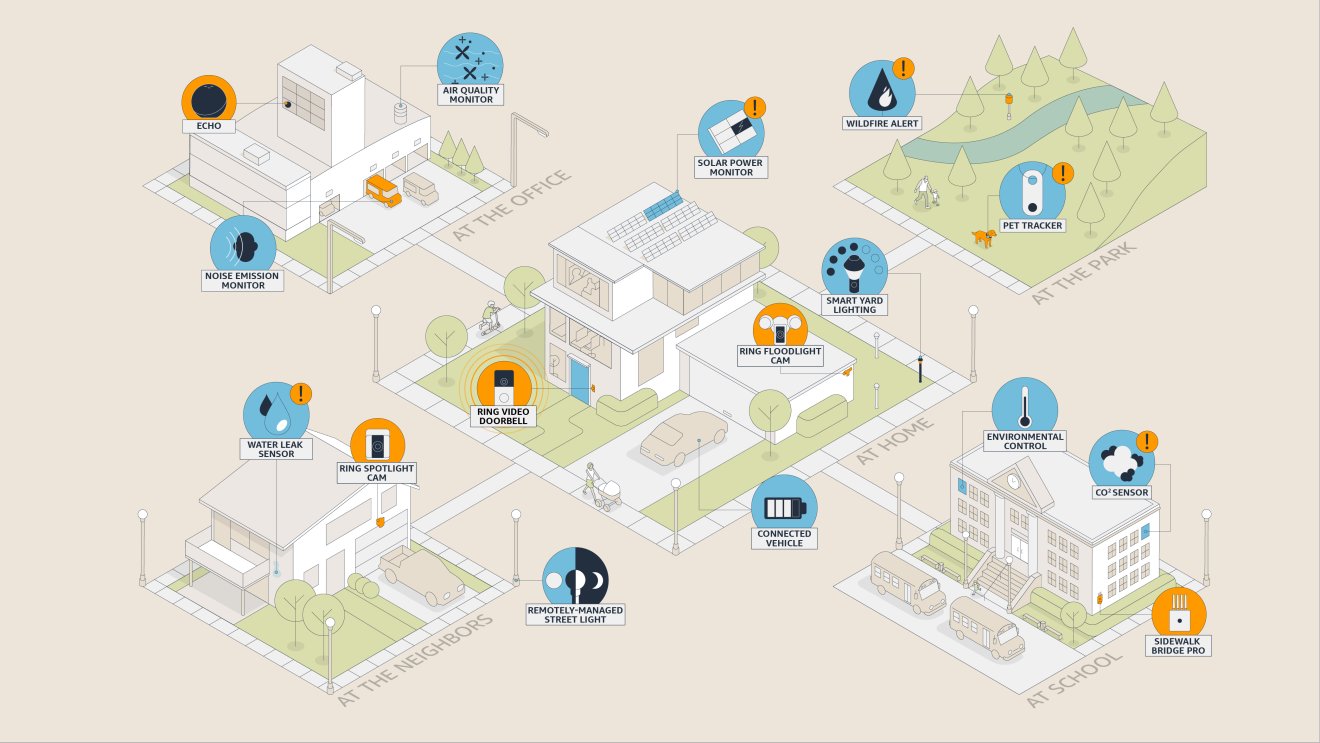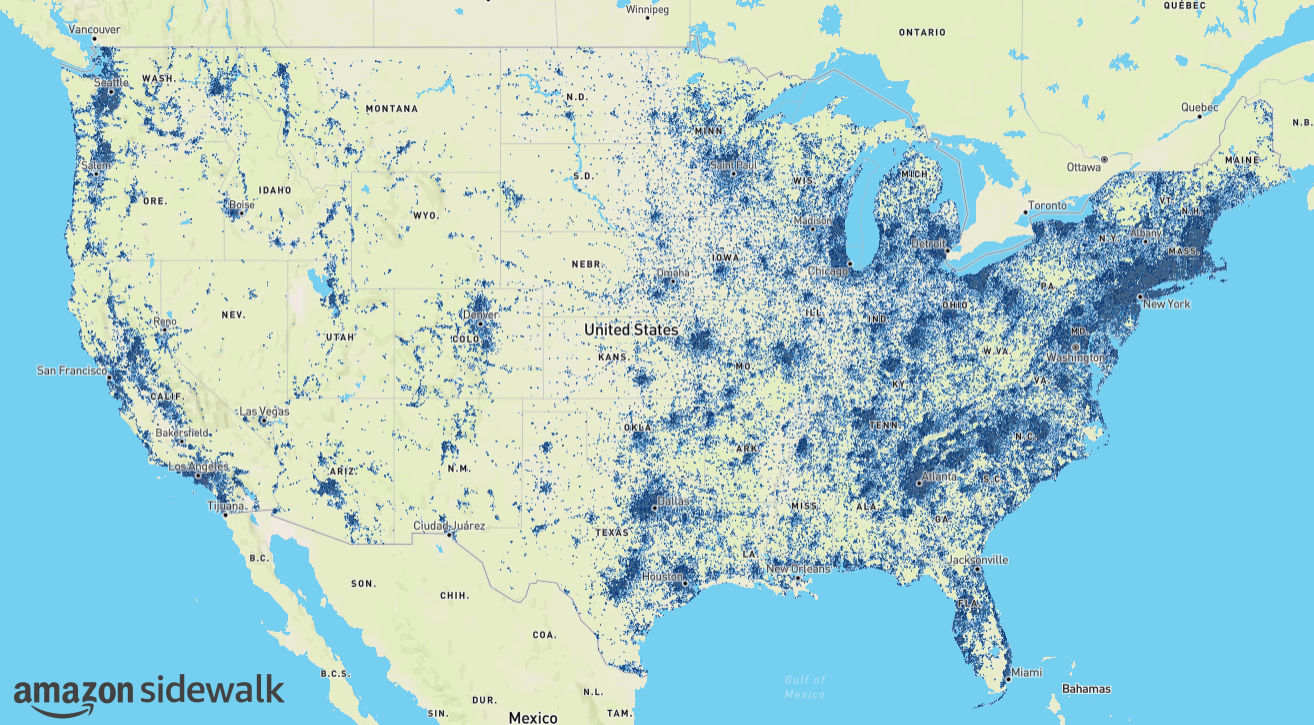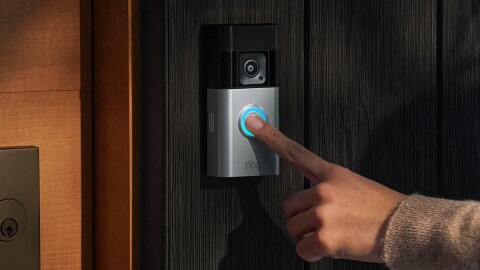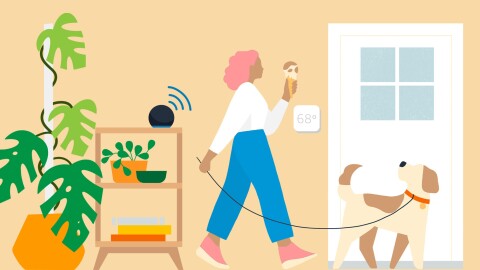Imagine a network that securely connects your devices to the internet for free—from nearly anywhere. It exists. It’s called Amazon Sidewalk. And it has a range farther than Wi-Fi and is less expensive than the cost of a typical cellular network. This network opens the door to the creation of new types of devices for homes, businesses, and cities, which will help people intelligently track shipments, find lost pets, remotely detect smoke from wildfires, and so much more.
Amazon Sidewalk is a secure, free-to-connect community network designed to provide reliable connectivity for billions of devices. It’s already accessible to more than 90% of the U.S. population.
So how does Amazon Sidewalk work? Read on.
















